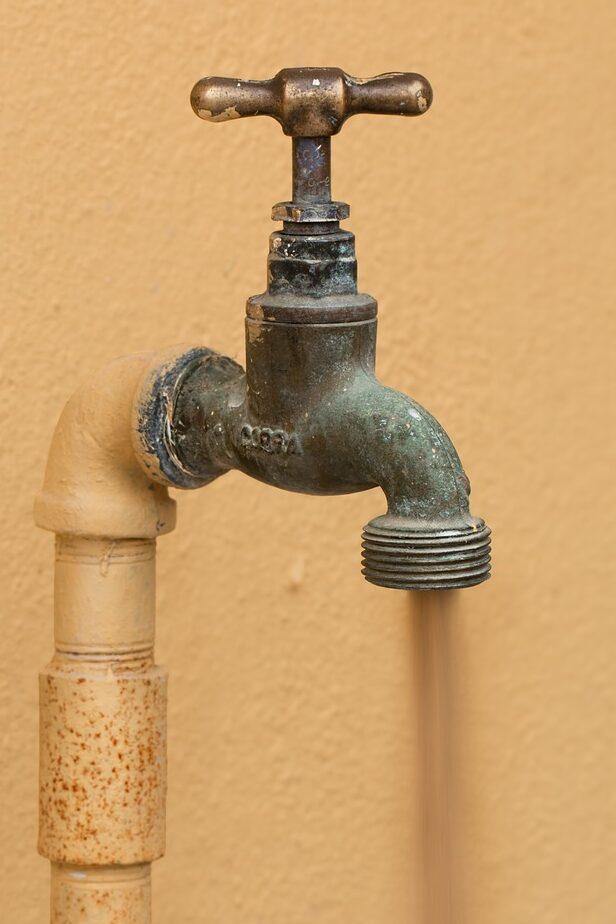A stark reminder of the dangers of lead in water comes from the infamous Flint water crisis, which unfolded in 2014. The decision to switch water sources in Flint exposed around 100,000 residents, including 6,000 to 12,000 children being especially vulnerable to the harmful effects of lead in drinking water. This crisis emphasized the urgent need for effective water management strategies and proactive measures to prevent lead contamination.
Flint, Michigan, Water Crisis:
Flint’s water crisis began when the city switched its water source from the Detroit Water and Sewerage Department (sourced from Lake Huron and the Detroit River) to the Flint River. Unfortunately, insufficient water treatment resulted in the leaching of lead from aging pipes into the drinking water supply. The repercussions were severe, with thousands of children exposed to high levels of lead, leading to developmental delays and other health issues.
Despite efforts to replace lead service pipes since 2016, concerns about water quality persisted in Flint. In January 2019, doubts were expressed about the cleanliness of the water, and as of April 2019, an estimated 2,500 lead service pipes were still in place. Ongoing efforts continued, with fewer than 500 service lines requiring inspection as of December 2020. By July 2021, approximately 27,133 water service lines had been excavated and inspected, resulting in the replacement of 10,059 lead pipes.

Lessons Learned and Providing Context in Providence, Rhode Island:
Flint’s experience highlighted the immediate dangers of lead in drinking water, emphasizing the importance of proactive measures. In Providence, Rhode Island, there are around 23,000 lead service lines still in use.
One significant aspect of the Flint scenario was the lack of precautions, such as the use of corrosion inhibitors, to prevent lead pipes from leaching. Corrosion inhibitors are chemical compounds that, when added to water, reduce the corrosion rate of materials like metal. In Providence, the water department has taken steps to address this concern by treating the water with corrosion inhibitors, a crucial step in preventing lead leaching from pipes.
However, the question remains: Is this enough to assure residents of the safety of their water for consumption, cooking, and bathing?
Providence Water’s Initiatives:
Providence Water has undertaken various initiatives to address lead exposure risks. They offer free lead pipe replacement on the public side of the water delivery pipes, ending at the curb. This is a proactive step to replace aging infrastructure that may contribute to lead contamination.
While this public-side replacement is a significant measure, it doesn’t fully solve the problem. Homeowners bear the responsibility for replacing lead pipes inside their homes. Recognizing the financial burden this might pose, Providence Water provides loan programs to assist homeowners in replacing their lead lines.
Lead in Water Challenges and Individual Responsibility:
Despite these efforts, individual responsibility plays a crucial role in safeguarding personal health. Health risks associated with lead exposure demand proactive action, especially when waiting for city or homeowner initiatives may prove too late.
Rhode Island residents should remain vigilant, stay informed about their water quality, and take action if lead contaminants are present. Water testing, regular monitoring, and, if necessary, investing in home filtration systems can greatly contribute to reducing lead exposure risks.

Conclusion:
Addressing lead exposure risks in tap water requires a multifaceted approach involving the collaboration of local authorities, water utilities, and individual homeowners. Learning from the experiences of places like Flint, Michigan, can inform proactive measures and underscore the importance of effective water management.
In Providence, Rhode Island, steps have been taken to mitigate lead exposure risks, from using corrosion inhibitors to public-side lead pipe replacement initiatives. However, individual awareness and action remain crucial for ensuring the safety of tap water. By staying informed, actively participating in lead pipe replacement programs, and implementing personal preventive measures, residents can contribute to a healthier and safer water supply for themselves and their communities.
Sources:
Title: “Flint water crisis”
URL: https://en.wikipedia.org/wiki/Flint_water_crisis
Last Edited: December 1, 2023
Accessed: 12/4/23
Title: “Corrosion inhibitor”
URL: https://en.wikipedia.org/wiki/Corrosion_inhibitor
Last Edited: November 7, 2023
Accessed: 12/4/23
Title: “Corrosion and Corrosion Control”
URL: https://www.cdc.gov/fluoridation/engineering/corrosion.htm
Last Reviewed: July 10, 2013
Accessed: 12/24/23
Title: “Lead Center – What Are We Doing?”
URL: https://provwater.com/water_quality/lead-center/whatarewedoing
Accessed: 12/4/23
